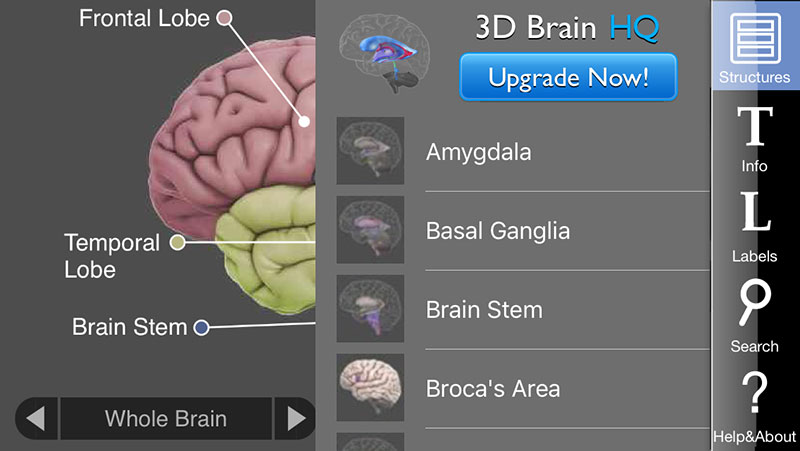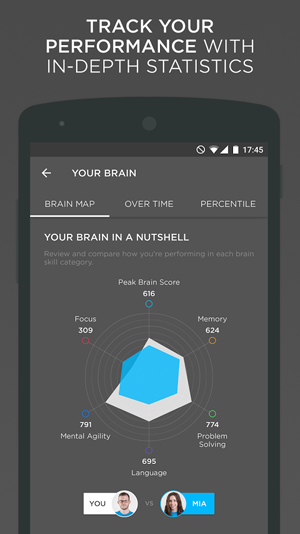
Paolo Lusso, Chief of the Viral Pathogenesis Section at the National Institute of Allergy and Infectious Diseases, to discuss his research in developing and testing promising HIV vaccines. After four decades of effort by the global research community, the development of promising experimental HIV vaccines has now finally come true. At that time, researchers had not yet determined what caused it, and by the time most patients presented with symptoms, they had only months to live. The disease that would ultimately become known AIDS was first diagnosed in June 1981. Music by Doug Maxwell, “A good day on the African Planes” and Joel Cummings, “Robots and Aliens”. Prendergast and her team could use ancient DNA from individuals who lived between 18,000-400 years ago to explore how people interacted as far back as the last 80,000-50,000 years. Listen to this episode to find out how Dr.

Prendergast, Assistant Professor of Anthropology at Rice University and a leader of one of the largest-scale studies of ancient DNA in Africa. Ancient DNA allows us to explore human diversity in different places and times and understand what factors shaped it, revealing mysteries about our history. In recent years, the possibility to study ancient DNA has revolutionized our way of looking at the past. What are the changes that made us like we are now? When, where, and why did these changes happen? Can we go back in history and find the answers to these questions? Archaeologists reconstruct human behavior in the past, mainly using things that people left behind, or this is what they used to do. We do not often think about our past as a species. “Zenyatta is my Spirit Animal and Hyacinths’’ music composition administered by Rukudzo © 2022 Rukudzo Kanyemba. He has leveraged these data to shed light on normal pregnancy progression to uncover new biomarkers that can be used to diagnose syndromes months before clinical presentation. McElrath to talk about his recent work published in Nature.

It is used to look at biomarkers associated with pregnancy complications and the effects of environmental exposures on pregnancy outcomes. The LIFECODES Biobank is an extensive biobank of samples collected for over 14 years with data on over 6,000 pregnancies. Thomas McElrath, MD-PhD in the Division of Maternal-Fetal Medicine at the Brigham & Women’s Hospital, this telescope exists and is called LIFECODES.

Imagine being able to use it to cure diseases before they can even occur. Imagine having a telescope that could allow you to see whether a syndrome will manifest in the future.


 0 kommentar(er)
0 kommentar(er)
